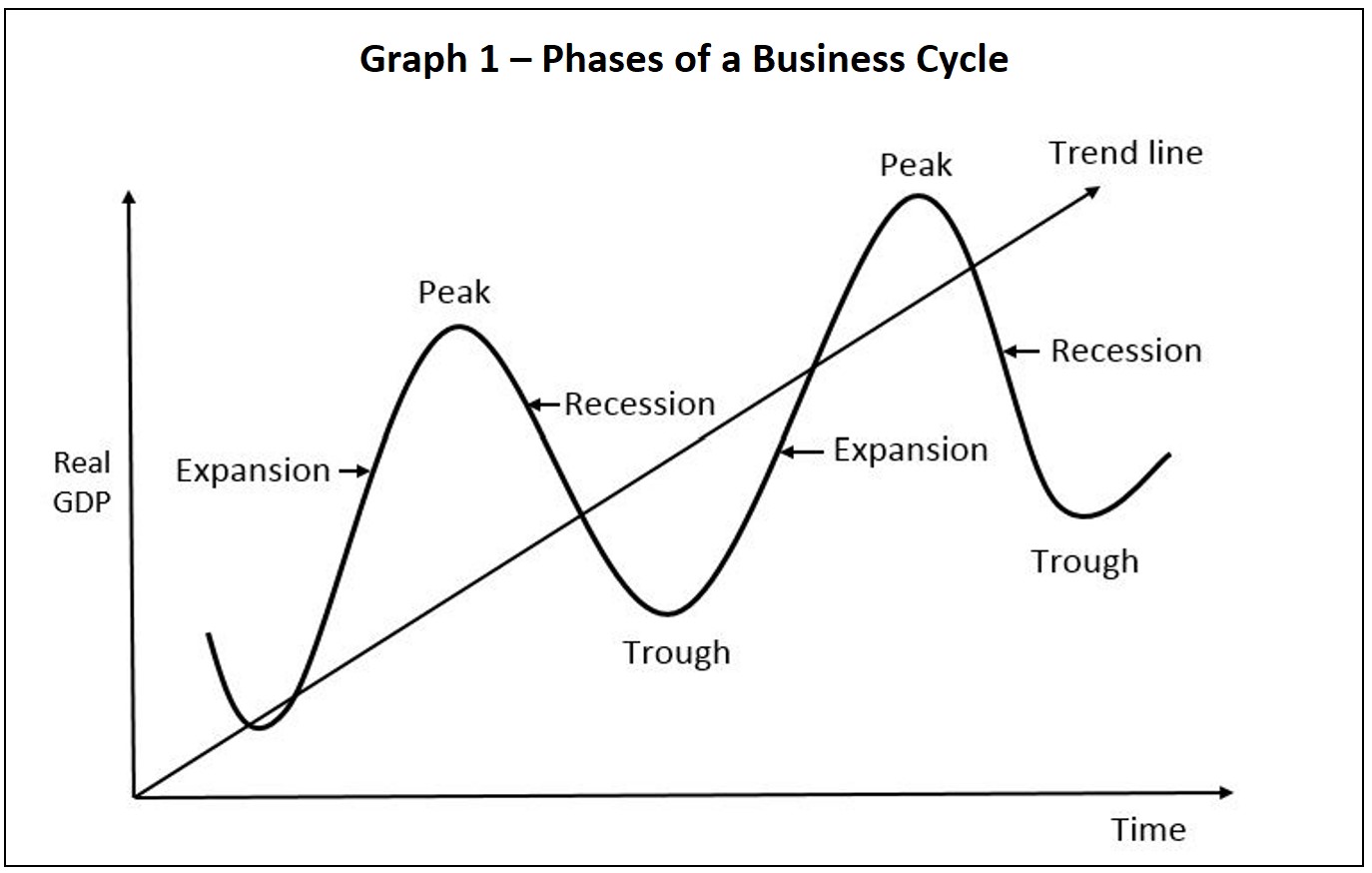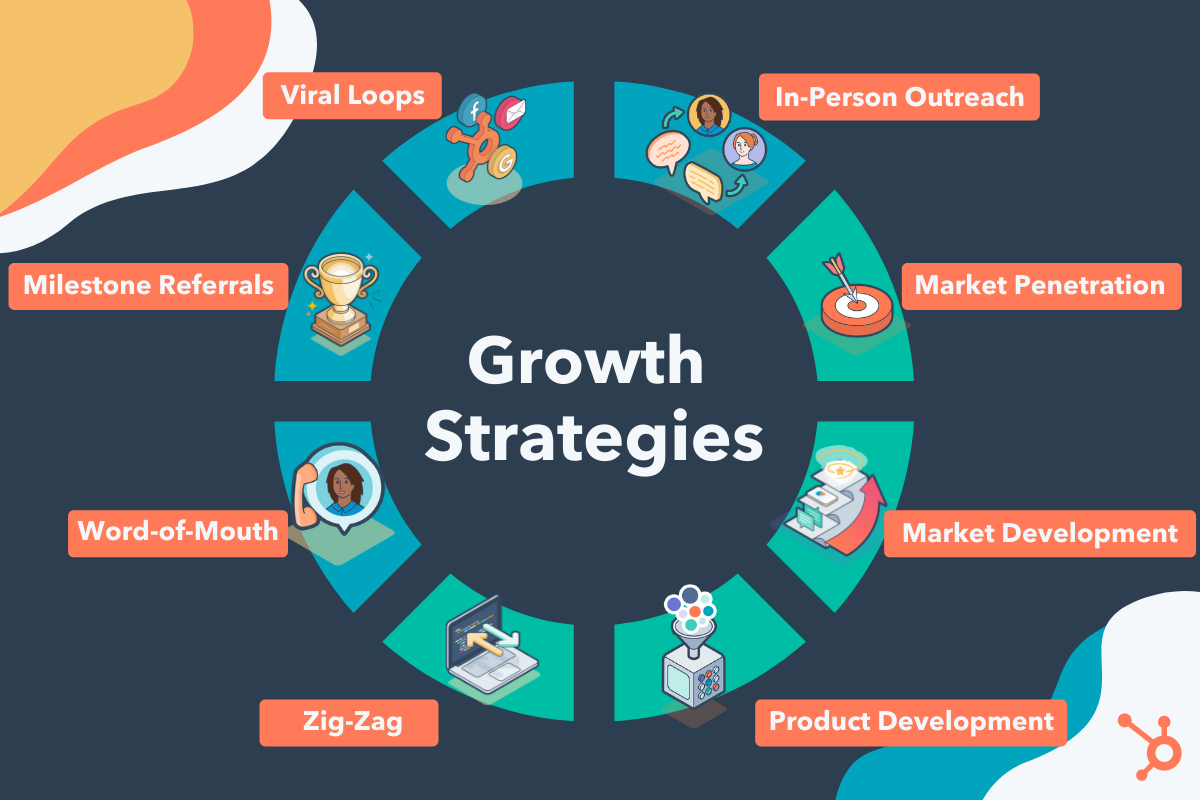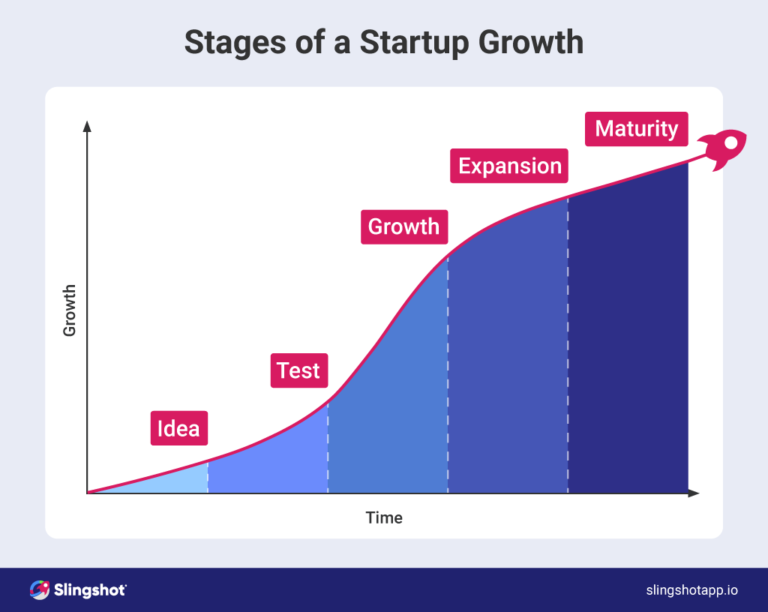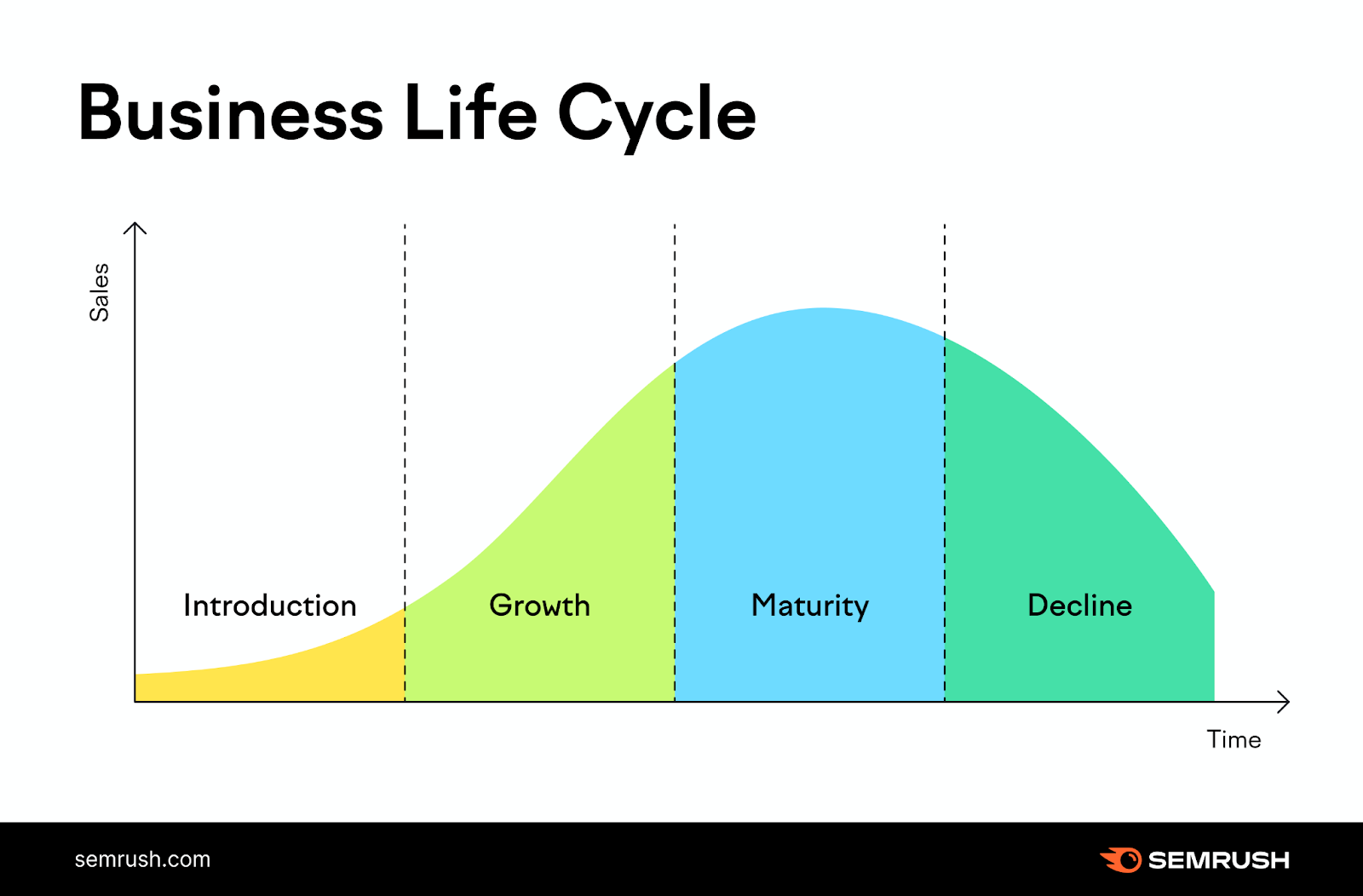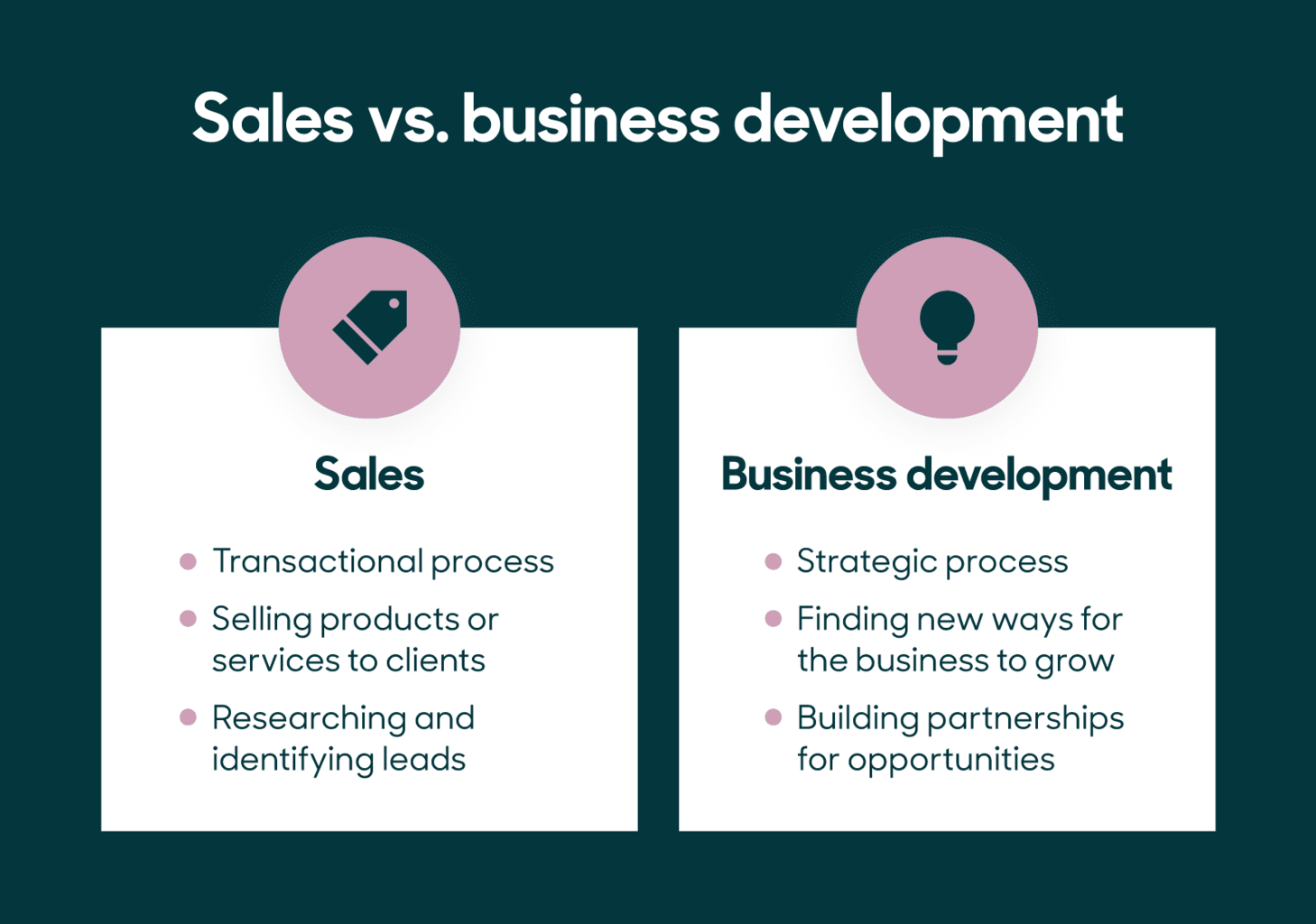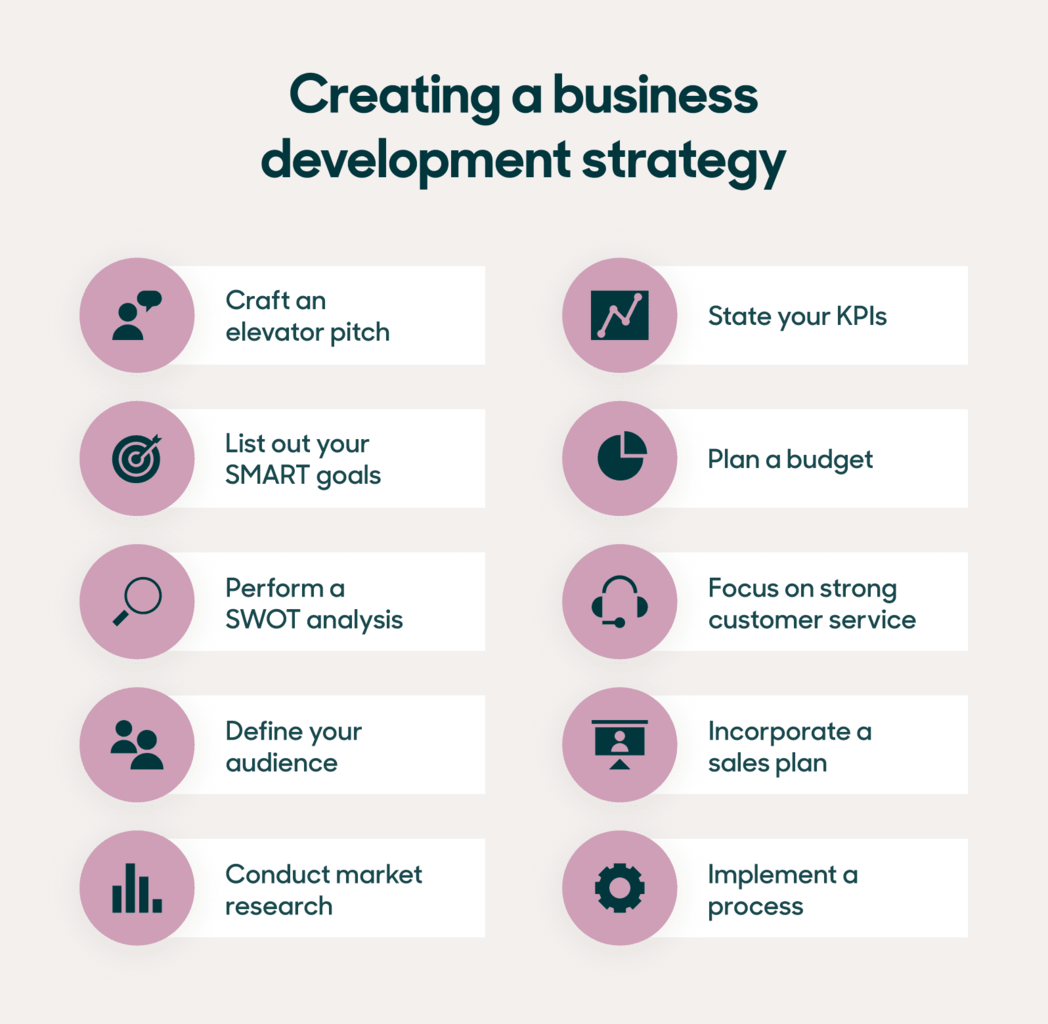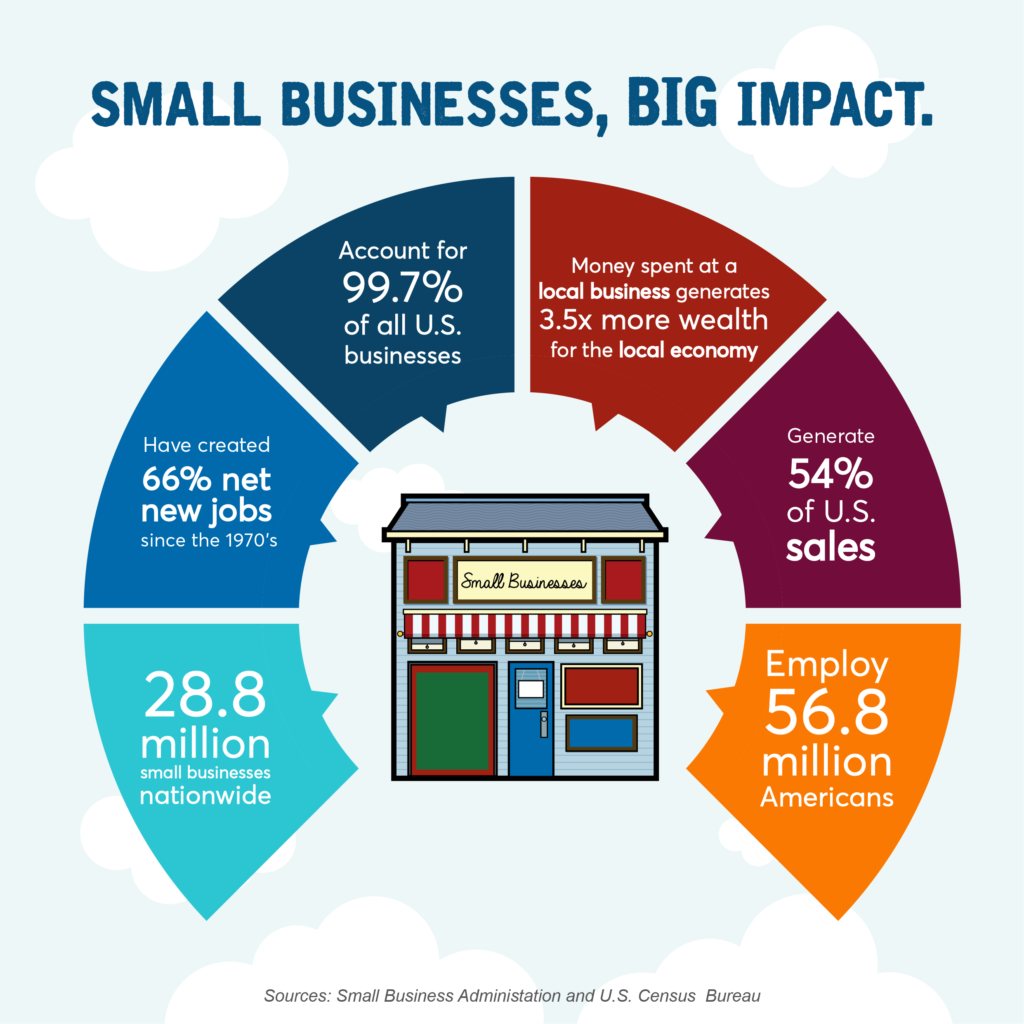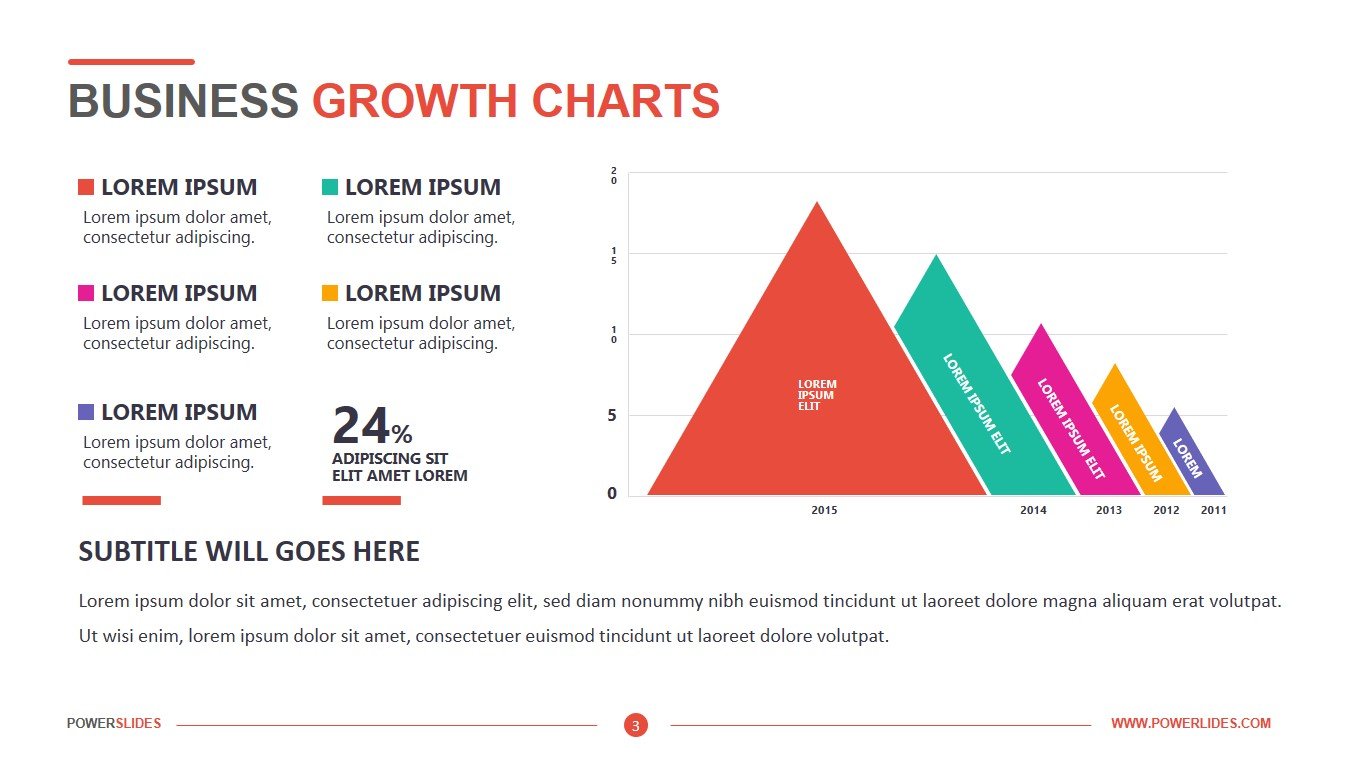What Is One Typical Effect Of Growth For A Business

Imagine the aroma of freshly brewed coffee wafting through a bustling office. Employees are collaborating on new projects, the phone is ringing off the hook with eager customers, and the energy is palpable. This isn't just any company; it's a business that's experiencing rapid expansion, a whirlwind of activity and opportunity.
At the heart of this growth, however, lies a common, often overlooked effect: the increasing need for streamlined and efficient communication. As a business scales, the informal, organic communication that once thrived in its early days can quickly become strained, leading to inefficiencies, misunderstandings, and ultimately, hindered progress.
The Evolution of Communication in a Growing Business
In the nascent stages of a company, communication tends to be fluid and direct. With a small team, everyone is usually on the same page, sharing information through casual conversations, impromptu meetings, and a general sense of shared purpose.
Information flows freely, often without the need for formal structures or protocols. This intimacy and accessibility fosters a sense of camaraderie and agility, allowing the business to respond quickly to challenges and capitalize on opportunities.
The Cracks Begin to Show
As a business grows, this idyllic scenario begins to change. The small, tight-knit team expands, and new departments and hierarchies emerge. What once was a simple web of communication becomes a complex network with multiple layers and nodes.
According to a study by Deloitte, companies with poorly defined communication strategies are 50% more likely to experience higher employee turnover rates. This is because employees feel disconnected and undervalued.
The informality that once facilitated quick decision-making can now lead to confusion and delays. The CEO of Atlassian, Scott Farquhar, said, "Good communication is the bridge between confusion and clarity."
The Impact of Communication Breakdown
The consequences of poor communication in a growing business can be significant. Misunderstandings can lead to errors, delays, and even damage to customer relationships.
Internal conflicts may arise as employees struggle to navigate the complexities of the organizational structure. As the Harvard Business Review points out, communication is a critical factor in team performance.
Inefficient communication also hinders innovation and creativity. Employees may be less likely to share ideas or voice concerns if they feel their voices are not being heard or that the communication channels are not open.
"The single biggest problem in communication is the illusion that it has taken place." - George Bernard Shaw
Examples in Real World Scenarios
Imagine a marketing team launching a new campaign without properly informing the sales team. The sales team will be caught off guard, unable to effectively answer customer questions or close deals.
A manufacturing company may experience delays in production because the engineering and operations departments are not communicating effectively about design changes. This causes production delays and higher costs.
A tech startup expanding its software development team may find developers working on conflicting features because there isn’t a shared understanding of the product roadmap. This impacts the quality of the software.
Strategies for Streamlining Communication
Fortunately, there are several strategies that businesses can employ to mitigate the communication challenges that arise from growth. Implementing structured communication channels is crucial.
This may involve establishing regular meetings, utilizing project management software, or creating internal communication platforms. According to a McKinsey report, organizations with connected employees see productivity increase by 20-25%.
It’s also important to define roles and responsibilities clearly, especially within larger teams. This helps to prevent duplication of effort and ensures that everyone knows who is responsible for what.
Embracing Technology
Technology plays a key role in modern business communication. Tools such as Slack, Microsoft Teams, and Asana can facilitate real-time communication, project tracking, and information sharing.
These platforms provide central hubs for conversations, document sharing, and task management. However, it’s important to establish clear guidelines for how these tools are used to avoid information overload and ensure that critical messages are not missed.
Implementing a robust CRM system is equally important, particularly for sales and marketing teams. Such systems provide a single source of truth for customer data, ensuring everyone is on the same page.
Cultivating a Culture of Open Communication
Beyond technology, fostering a culture of open and transparent communication is essential. This involves encouraging employees to share ideas, voice concerns, and provide feedback without fear of reprisal.
Regular town hall meetings, suggestion boxes, and anonymous surveys can provide valuable channels for gathering input and identifying areas for improvement.
Leadership plays a critical role in setting the tone for communication within the organization. By actively listening to employees, providing clear and consistent messaging, and demonstrating a commitment to transparency, leaders can create a culture where communication thrives.
The Long-Term Benefits of Effective Communication
Investing in communication infrastructure and fostering a culture of open communication yields numerous long-term benefits. Enhanced employee engagement is just one.
When employees feel heard and valued, they are more likely to be motivated, productive, and committed to the organization. Improved efficiency is another tangible outcome.
Streamlined communication processes reduce errors, delays, and wasted resources, allowing the business to operate more effectively and efficiently. Ultimately, effective communication contributes to a stronger brand reputation and improved customer satisfaction.
As a business grows, the need for streamlined and efficient communication becomes increasingly critical. By understanding the communication challenges that arise from growth and implementing strategies to address them, businesses can ensure that they continue to thrive and succeed in the long run. It's about more than just talking; it's about listening, understanding, and connecting.

